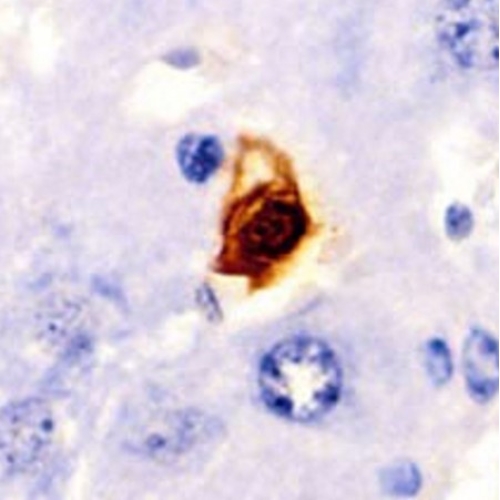Key points from article :
New insight on the accumulation of senescent cells in humans
Oxidative DNA damage induce rapid senescence compared with shorter telomeres from repeated cell divisions
30-Jun-2022
A new study uncovered a mechanism by which senescent, or zombie, cells develop.
Oxidative damage to telomeres —protective tips of chromosomes — can trigger cellular senescence.
Used a dye-catching protein that binds only to telomeres, the tool creates DNA lesions specifically at chromosome tips.
Damage at telomeres sent the in-vitro human cells into a zombie state after just four days.
It takes weeks/months of repeated cell divisions to induce senescence by telomere shortening in the lab.
“Findings solve the puzzle of why dysfunctional telomeres are not always shorter than functional ones,” - senior author Patricia Opresko.
Sunlight, alcohol, smoking, poor diet and other factors generate reactive oxygen molecules that damage DNA.
Cells have repair pathways to patch up DNA lesions, but telomeres are exquisitely sensitive to oxidative damage.
Damage at telomeres disrupted DNA replication and induced stress signaling pathways that led to senescence.
Findings could eventually point to new therapeutics that promote healthy aging or combat cancer.
Study by University of Pittsburgh and UPMC Hillman Cancer Center; published in Nature Structural & Molecular Biology.
Mentioned in this article:
Click on resource name for more details.
Nature Structural & Molecular Biology
Peer-reviewed journal covering structural and molecular studies
Patricia Opresko
Associate Professor in Department of Environmental and Occupational Health at the University of Pittsburgh






